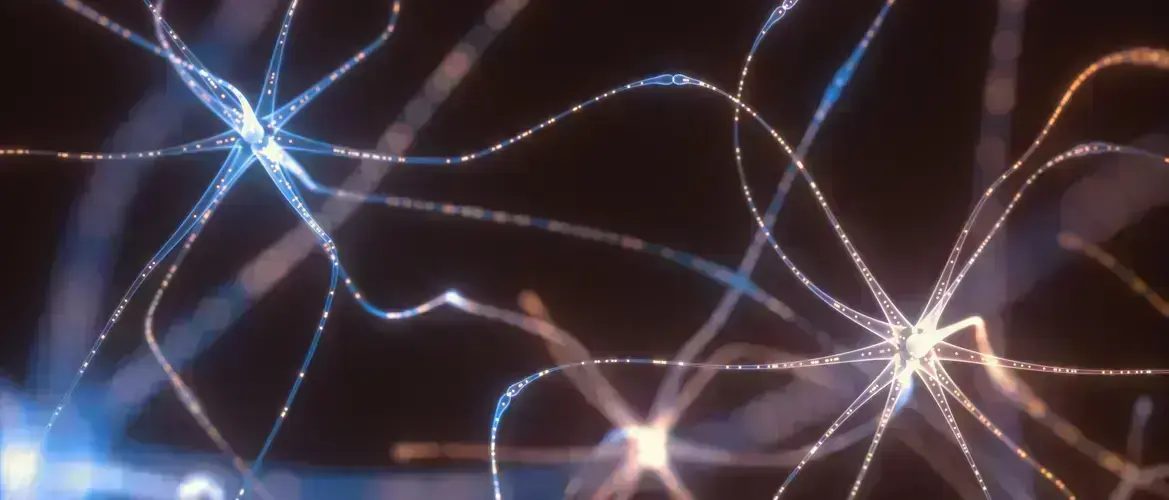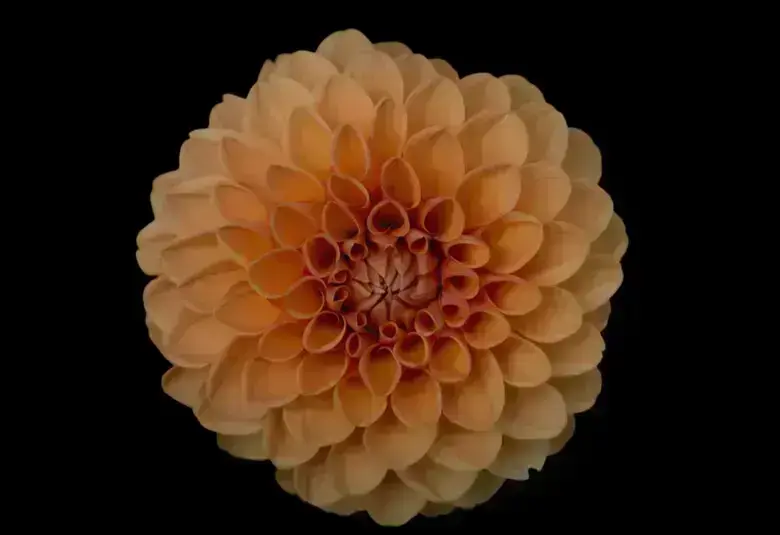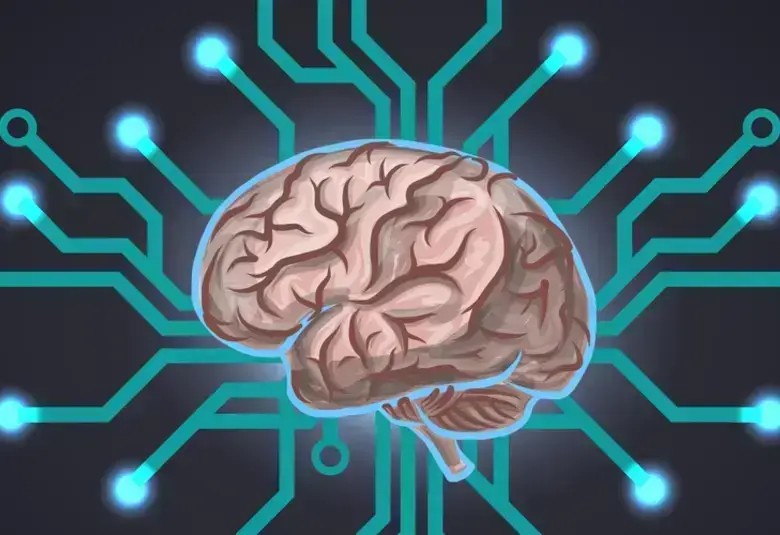증가된 염증 지표들과 주요우울장애 간의 연관성
주요우울장애의 병태생리에 serotonin, norepinephrine 등 monoamine 기능장애 외에 다양한 기전들이 작용하는 것으로 여겨지고 있으며, 그 중 하나가 스트레스로 인해 유발된 면역 체계의 변화이다.1
주요 우울장애에서 면역 체계 이상은 수차례 보고된 바 있으며,2 많은 연구들이 우울증을 염증 반응이 증가된 상태로 보고하고 있으나, 일부 연구에서는 염증 지표들이 변화가 없거나 감소된다고 보고하였다.3 스트레스와 주요우울장애의 연관성 또한 널리 알려진 바 있으며,4 스트레스 상황에서 염증 지표들이 증가하는 것으로 관찰되었다.5
스트레스는 주요 우울장애에서 면역 체계 변화에 가장 큰 영향을 주는 요소로, 주요 스트레스 반응 경로인 교감신경이 스트레스로 인해 활성화되고, 이는 proinflammatory cytokine (전염증성 사이토카인)들의 상승을 초래한다.6 전신적 염증 반응은 결국 신경세포염증으로 이어질 수 있으며, 신경세포염증은 정서 조절에 중요한 특정 뇌 부위들의 신경 독성으로 이어질 수 있어 우울증 발병에 기여할 수 있다.7
자율신경계는 교감신경계과 부교감신경계로 구성되며, 시상하부에서 스트레스에 반응하여 corticotropin-releasing hormone (코르티코트로핀 분비 호르몬)을 방출하는데, 이후 일련의 과정을 통하여 교감신경계 활성도는 증가되고 부교감 신경계 활성도는 감소된다.8 교감신경계 활성화는 adrenal medulla (부신 수질)의 epinephrine 및 norepinephrine 분비를 촉진하며,9 이는 interleukin (IL)-6 및 tumor necrosis factor-alpha (TNF-α, 종양괴사인자 알파) 등 proinflammatory cytokine을 증가시킨다.10
이에 주요우울장애 같은 만성적인 스트레스 상황에서는 지속적인 교감신경계 활성화로 인한 epinephrine 및 norepinephrine의 증가, 그리고 이로 인한 proinflammatory cytokine들의 증가가 초래될 수 있으며, 이와 부합하여 여러 선행 연구들이 주요우울장애 환자 혈액에서 IL-1β, IL-6 및 TNF-α 등의 proinflammatory cytokine들이 증가되었음을 보고한 바 있다.11 증가된 염증 지표들과 주요우울장애 사이의 연관성은 신경세포염증이 우울증에서 중요한 뇌 영역에 미치는 신경독성작용과 관련이 있을 것으로 여겨진다.
전신 염증 반응이 뇌에 미치는 영향
전신의 염증 반응은 여러가지 방법으로 뇌에 영향을 줄 수 있으며, cytokine들이 직접 blood–brain barrier (혈액 뇌 장벽)를 지날 수 있고,12 afferent nerve fiber (구심신경섬유)의 cytokine 수용체가 활성화되어 뇌에 cytokine 신호가 전달될 수도 있다.13 이로 인해 뇌의 1차성 염증 세포 유형인 microglia (소신경교세포)는 proinflammatory cytokine, 산화질소 및 활성산소종을 생성할 수 있다.14
Proinflammatory cytokine은 직접적으로 신경독성을 초래하거나 kynurenine pathway (카이뉴레인 경로)를 통해 다른 뇌 독성 물질들의 농도를 증가시킴으로써 신경 독성을 촉진할 수 있다. Proinflammatory cytokine은 brain-derived neurotrophic factor signaling pathway (뇌 유래 신경 영양인자 신호 전달 체계), nuclear factor-kappa B signaling pathway, 및 glutamate 증가 등을 통해 직접적으로 세포 증식과 신경 발생을 저하시킬 수 있으며,15-17 뇌의 astrocyte (성상교세포)와 microglia로 하여금 신경 세포에 산화적 손상을 일으키게 하는 물질을 분비시키게 한다.18
Proinflammatory cytokine이 증가된 환경에서 serotonin의 전구 물질이기도 한 tryptophan은 indoleamine 2,3-dioxygenase라는 효소의 활동 증가로 인해 kynurenine이라는 물질로 더욱 많이 분해된다.19 Kynurenine 또한 염증 반응이 증가된 상태에서 3-hydroxykynurenine, 3-hydroxyanthranilic acid, quinolinic acid 등의 물질로 더욱 활발히 분해되는데, 이러한 kynurenine 대사 산물들은 신경독성 작용이 있으며,20 신경 세포 자멸을 일으킬 수 있다.21
주요우울장애 환자에서 뇌 변화에 대한 연구
기존 연구들은 주요우울장애 환자에서 신경독성 작용을 가진 kynurenine 대사 산물의 비율이 증가하는 등, kynurenine 경로의 불균형을 보고하였으며,22 우울증과 밀접한 관계가 있는 것으로 알려진 전대상 피질(anterior cingulate cortex) 부위에서 quinolinic acid 양성 세포 밀도가 자살한 우울증 환자에서 증가되었음이 보고된 바 있다.23 또한 주요우울장애 환자에서 quinolinic acid 비율과 우울증과 연관성이 깊은 hippocampus (해마)나 amygdala (편도체) 뇌 영역들의 부피와의 상관성 또한 보고되었다.24
우울증 환자들은 혈액에서 proinflammatory cytokine이 증가된 동시에 감소된 hippocampus 부피를 보였으며,25 무쾌감증과 관련된 뇌부위들인 ventral striatum (복부선조) 및 ventromedial prefrontal cortex (복내측 전전두엽 피질)의 연결성이 감소된 것으로 보고되었다.26 스트레스에 노출된 대조군의 혈액에서 IL-6 및 TNF-α가 상승되었으며, TNF-α 증가는 부정적 정서 조절에 관여하는 dorsal anterior cingulate cortex (등쪽 전대상 피질) 및 anterior insula (앞뇌섬엽) 부위들의 활성도와 연관성이 있는 것으로 보고되었다.27 또한 IL-6의 상승은 편도체의 활성화, dorsomedial prefrontal cortex (배내측 전전두엽 피질) 및 편도체 사이의 증가된 연결성과 연관성이 있는 것으로 보고되었다.28
위의 선행 연구 결과들을 바탕으로, 만성적인 스트레스로 인한 교감 신경의 활성화 및 proinflammatory cytokine의 상승, 그리고 이로 인한 신경 독성 작용으로 감정 처리에 중요한 뇌 영역들의 구조, 기능의 변화가 주요우울장애의 병태생리와 관련성이 있을 것으로 여겨진다.
본 자료는 원은수 교수가 직접 작성한 기고문으로, 한국룬드벡의 의견과 다를 수 있습니다.




